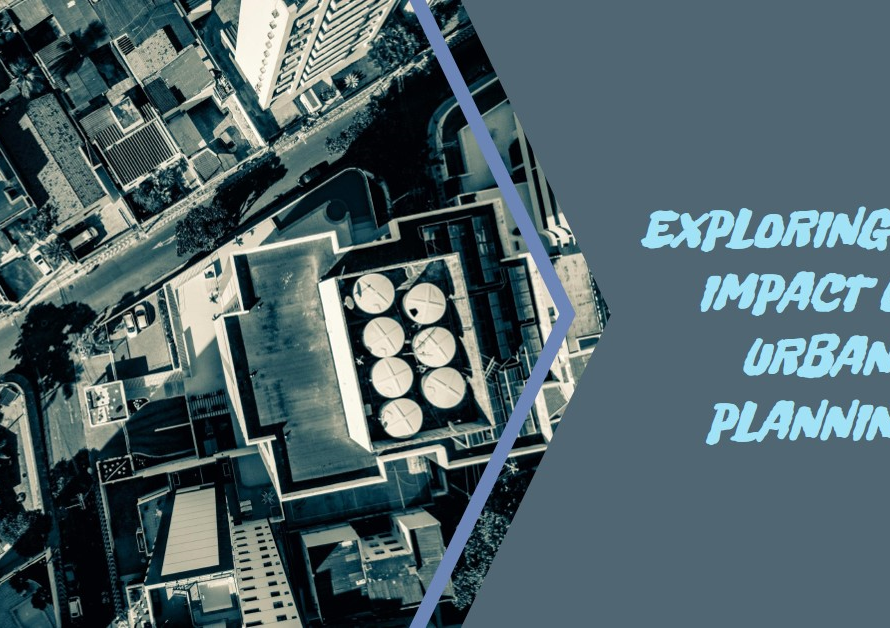
Table of Contents
1. Introduction: The Importance of Human Scale in Architectural Renderings
In the world of Architectural Rendering, adding people to renderings plays a crucial role in conveying not just the scale but also the liveliness and functionality of a space. It helps viewers connect with the design on a human level, understanding how spaces are meant to be used and experienced. This guide explores the best practices for incorporating people into architectural renderings, ensuring that your visualizations are not just accurate but also engaging and relatable.
2. Understanding Scale and Proportion
Title: Setting the Scene: Scale and Proportion in Renderings One of the primary purposes of adding people to architectural renderings is to provide a sense of scale and proportion. Whether it’s interior spaces, outdoor landscapes, or urban settings, human figures help viewers gauge the size of elements within the scene. When adding people, pay attention to realistic proportions based on the scale of your model. Use reference measurements to ensure that the height and dimensions of human figures align correctly with the architectural features and surroundings.
3. Choosing the Right People Models
Title: The Human Element: Selecting People Models for Renderings Selecting the right people models is crucial for enhancing the realism of your architectural renderings. Opt for high-quality 3D people models or entourage collections that offer diverse poses, clothing styles, and demographics. Consider the context of your design—choose appropriate attire for indoor and outdoor scenes, match the era or theme of the architecture, and vary the age and ethnicity of the people to reflect real-world diversity. Investing in realistic people models elevates the overall quality of your visualizations.
4. Placing People with Purpose
Title: Strategic Placement: Integrating People into Scenes Integrate people into your renderings strategically to tell a story and showcase functionality. Place individuals or groups in areas that highlight key design features such as seating areas, circulation paths, gathering spaces, or interaction zones within buildings. Consider the activities being portrayed—work environments may feature professionals collaborating, while residential settings may show families or individuals engaged in daily routines. Align the placement of people with the intended narrative and functionality of the space.
5. Emphasizing Natural Poses and Expressions
Title: Lifelike Gestures: Capturing Natural Poses and Expressions Pay attention to the poses and expressions of people in your renderings to convey a sense of realism and dynamism. Choose poses that reflect natural movements and interactions rather than static stances. Incorporate gestures like talking, walking, sitting casually, or engaging in activities relevant to the environment. Facial expressions can also add depth—smiles, concentration, and expressions of awe or relaxation can enhance the emotional appeal of your visualizations, making them more engaging for viewers.
6. Lighting and Shadow Considerations
Title: Playing with Light and Shadow: Integrating People Realistically Ensure that the lighting and shadows in your renderings interact realistically with the added people. Pay attention to light direction, intensity, and color temperature to create believable illumination on human figures. Shadows cast by people should align with the scene’s lighting conditions and architectural elements. Adjust shadow softness and opacity based on the time of day and the materials casting the shadows. Harmonizing light and shadow enhances the integration of people into the overall scene.
7. Maintaining Consistency in Style and Detail
Title: Harmonizing Elements: Consistency in People and Environments Maintain consistency in style, detail, and rendering quality between the architectural elements and the added people. Ensure that textures, materials, and lighting effects on human figures match those of the surrounding environment. Pay attention to reflections and specular highlights on clothing and skin to blend seamlessly with the scene. Consistent rendering styles across all elements contribute to a cohesive and professional-looking architectural visualization.
8. Using Post-Processing Techniques
Title: Polishing the Presentation: Post-Processing for Realism After rendering, employ post-processing techniques to enhance realism and integration further. Adjust color tones to match the overall mood and lighting of the scene. Apply depth-of-field effects to focus attention on specific areas while adding a sense of depth. Fine-tune shadows, highlights, and ambient occlusion to refine the interaction between people and surroundings. Subtle but strategic post-processing can elevate the impact of your architectural renderings.
9. Feedback and Iteration
Title: Iterative Excellence: Refining Renderings Based on Feedback Seek feedback from peers, clients, or design professionals to evaluate the effectiveness of people integration in your renderings. Assess how well the added people contribute to storytelling, scale representation, and overall ambiance. Iterate based on feedback, making adjustments to poses, placements, lighting interactions, and details as needed. Iterative refinement ensures that your renderings align closely with project goals and audience expectations.
10. Conclusion: Elevating Architectural Narratives with People


In conclusion, mastering the art of adding people to architectural renderings requires a blend of technical precision, artistic sensibility, and storytelling prowess. By understanding scale, choosing appropriate models, strategically placing figures, emphasizing natural gestures, harmonizing lighting and shadows, maintaining consistency, utilizing post-processing techniques, and iterating based on feedback, you can create compelling visual narratives that resonate with viewers, clients, and stakeholders alike. Incorporating these best practices elevates the realism, functionality, and emotional impact of your architectural visualizations, bringing designs to life in captivating ways.


